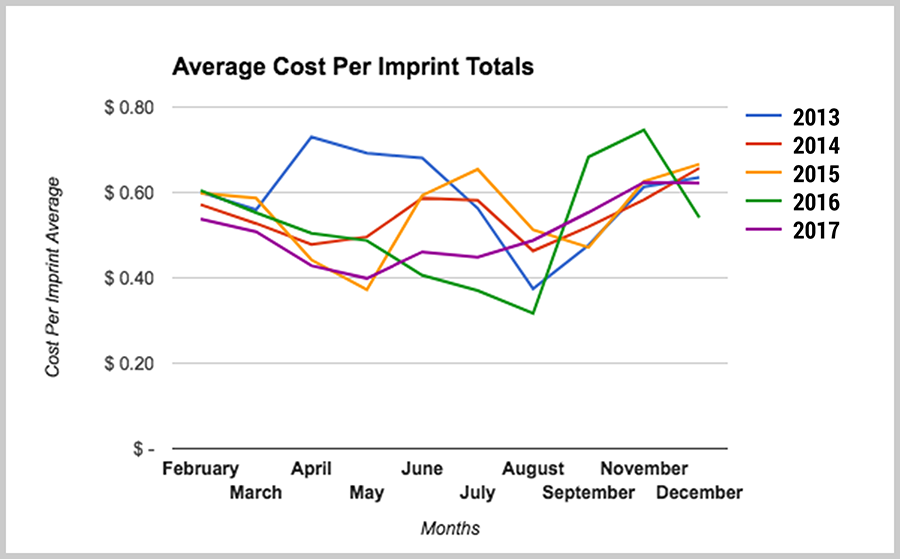
+Ads+Networks.png)
Our data shows us that bids for conversions are 77% higher than for clicks, and in some cases, clients can’t justify the inflated cost. However, that doesn’t mean you can’t be creative in testing different auction strategies to achieve your end goal. What can we take from this?įacebook’s algorithms are pretty smart and it might be naive to think we can do a better job optimizing performance ourselves. The average CPM across all our retailer data is $5.24. You can see that Brand Awareness has one of the cheapest CPMs at $1.58, we’ll often use video here to target people who are more likely to pay attention to and remember your ad. App Engagement CPMs are the most expensive ($11.38) across our data set a powerful tactic that uses 1st-party data to target certain cohorts of customers. You can see from the data below that the highest CPMs tend to be seen when your aim is for the user to perform an action, or if you’re targeting a granular audience segment. The dust seems to have settled in 2017 and we’re seeing CPMs normalize again. At certain points in November 2016, we even saw CPMs rise as high as $50. We’ve seen huge fluctuations in CPMs, particularly around large shopping events like Black Friday or Thanksgiving. Moving on, let’s take a look at one of the more interesting metrics for understanding both market forces and value, namely Cost per thousand impressions or Cost per Mille (CPM). If your CTR is significantly lower than these benchmarks, it can be prudent to conduct a content audit and ensure that all your creative is relevant, exciting and still fresh to an audience that can be quickly fatigued. But it may not always reflect the overall performance of a campaign, such as if your set aim is to speak to as many people as possible with a reach objective. CTR is an excellent metric to understanding the impact of your creative’s performance or the ability of your campaign to drive clicks.

It’s important to remember that your Facebook campaign objective should be aligned with your overall marketing objectives and your reporting be setup to reflect that. The average Click through rate across all our retailer data was 0.75%. Conversion campaigns have a CTR of 1.2% and Dynamic Product Ads one of 1.4%, but interestingly the campaign objective which drives the highest CTR is Lead Generation, often used for early bird offers or newsletters. It stands to reason that our data set shows the highest CTRs across those objectives which demand a response or action. Of course, if you’re looking to drive Conversions or Leads then CTR is extremely important. Therefore, CTR and clicks are secondary metrics. Let’s say you’re running ads with a ‘Brand Awareness’ or ‘Reach’ objective, your KPI should be to make people aware of and be able to recall your ad or brand. Whilst CTR is a great indicator of how well your ad is resonating with an audience, it’s not necessarily the best indicator of campaign performance.


All data is based on Facebook’s standard attribution model of 28-day post click, 1-day post view. * The data is from Q1 2017, averaged and anonymized across all Croud retail clients. The results are interesting and show how many possible variations must be accounted for when planning campaigns. Using the extensive data at our disposal, we’ve pulled out some benchmarks that should help you glean how your own performance metrics compare. But what is a good CPC, CTR or CPM these days? We’ve pulled the data to find out.Īt Croud, much of our Facebook Ad experience falls within retail, ranging from luxury fashion through to gardening. Having a solid understanding of your own data is essential, allowing you to accurately forecast performance or be confident enough to change tactics to deliver on your revenue targets. If you’re starting out with Facebook Ads for the first time or launching new campaigns with different objectives, it can be very hard to know what your budgets should reasonably look like.įacebook’s growing popularity means more and more advertisers are using the platform, leading to a squeeze on the available inventory and, in turn, increasing advertising costs.


 0 kommentar(er)
0 kommentar(er)
